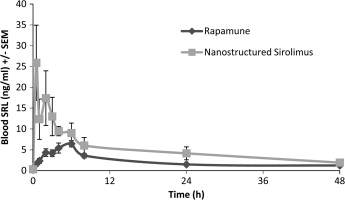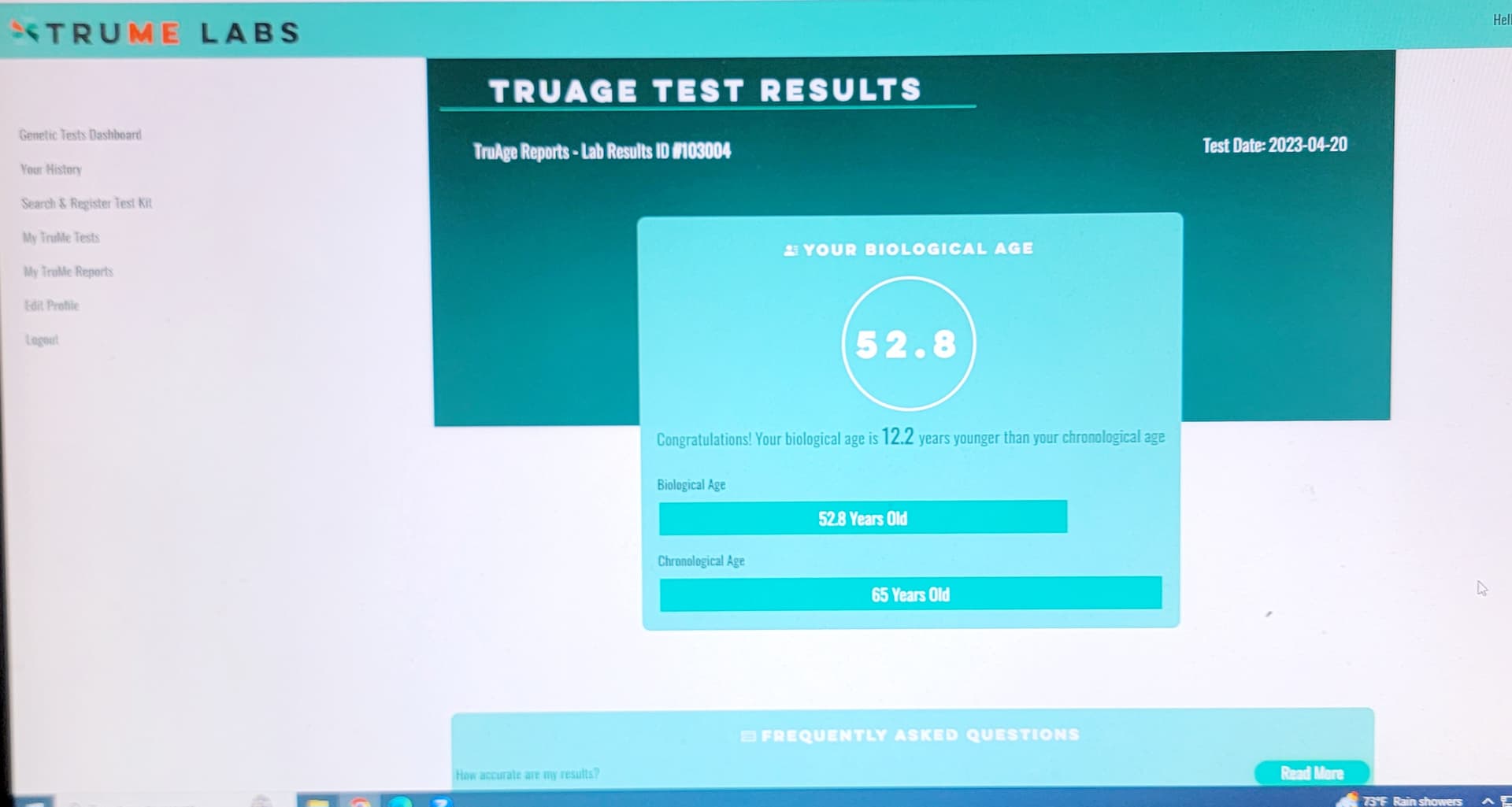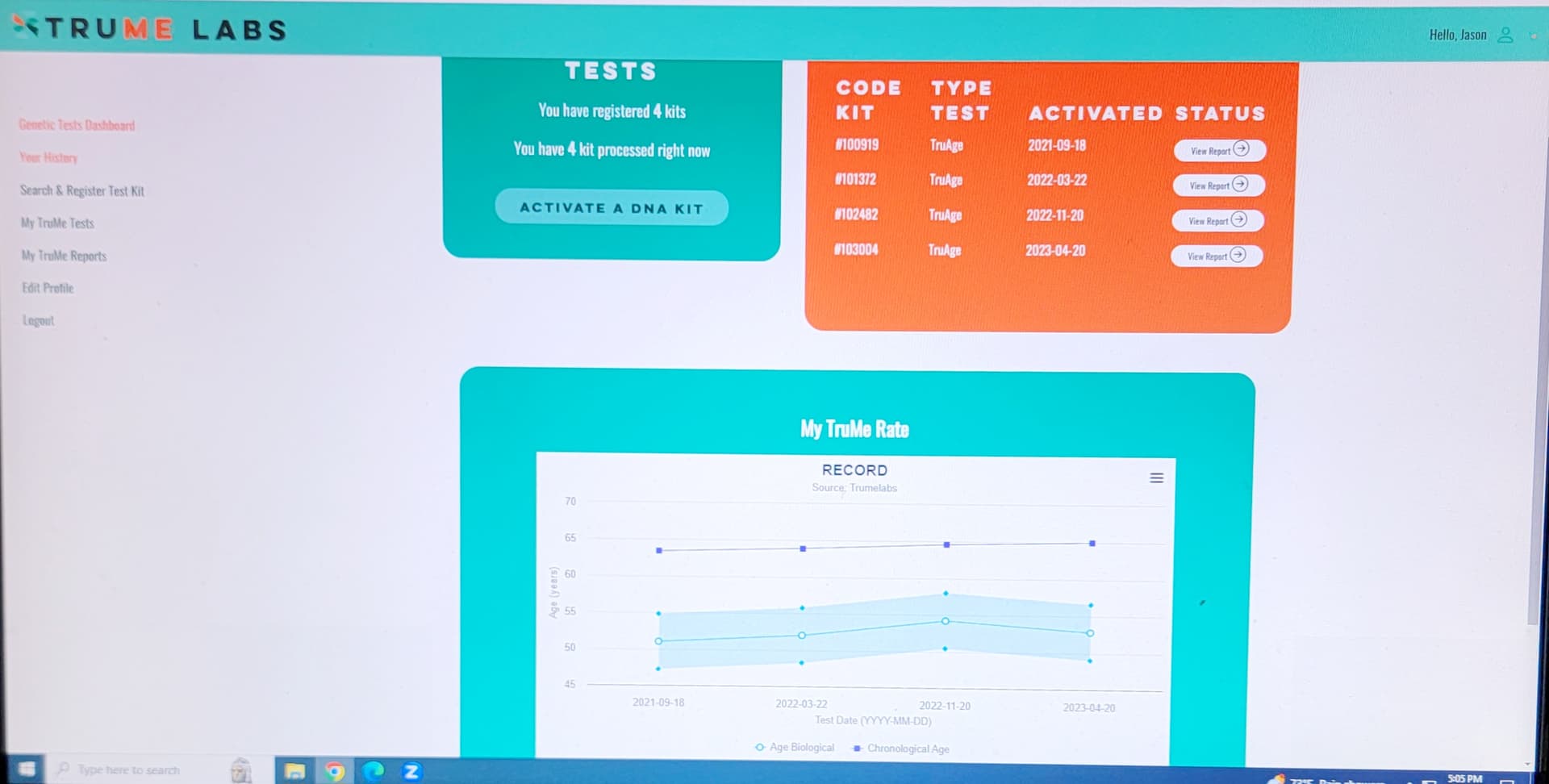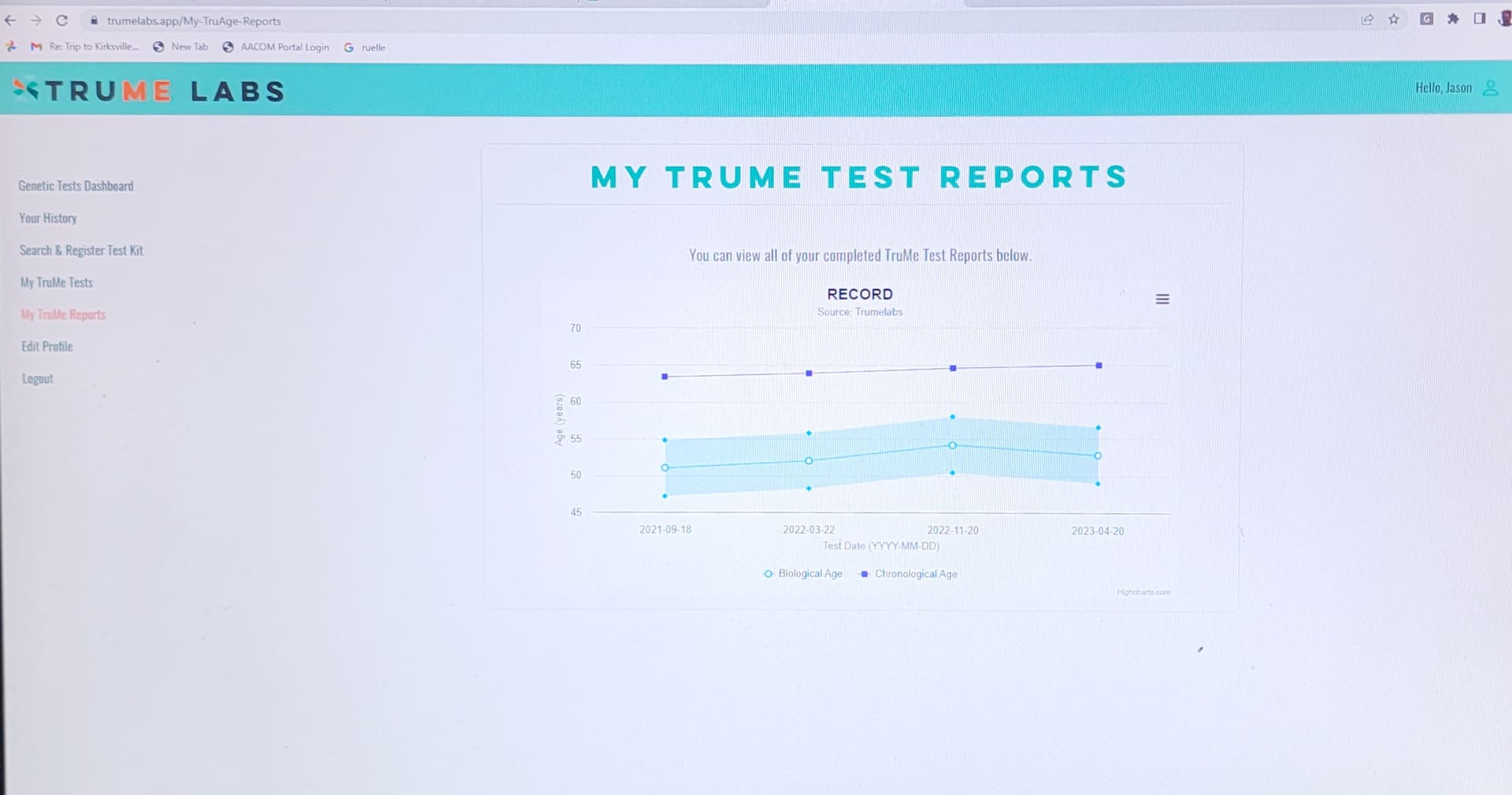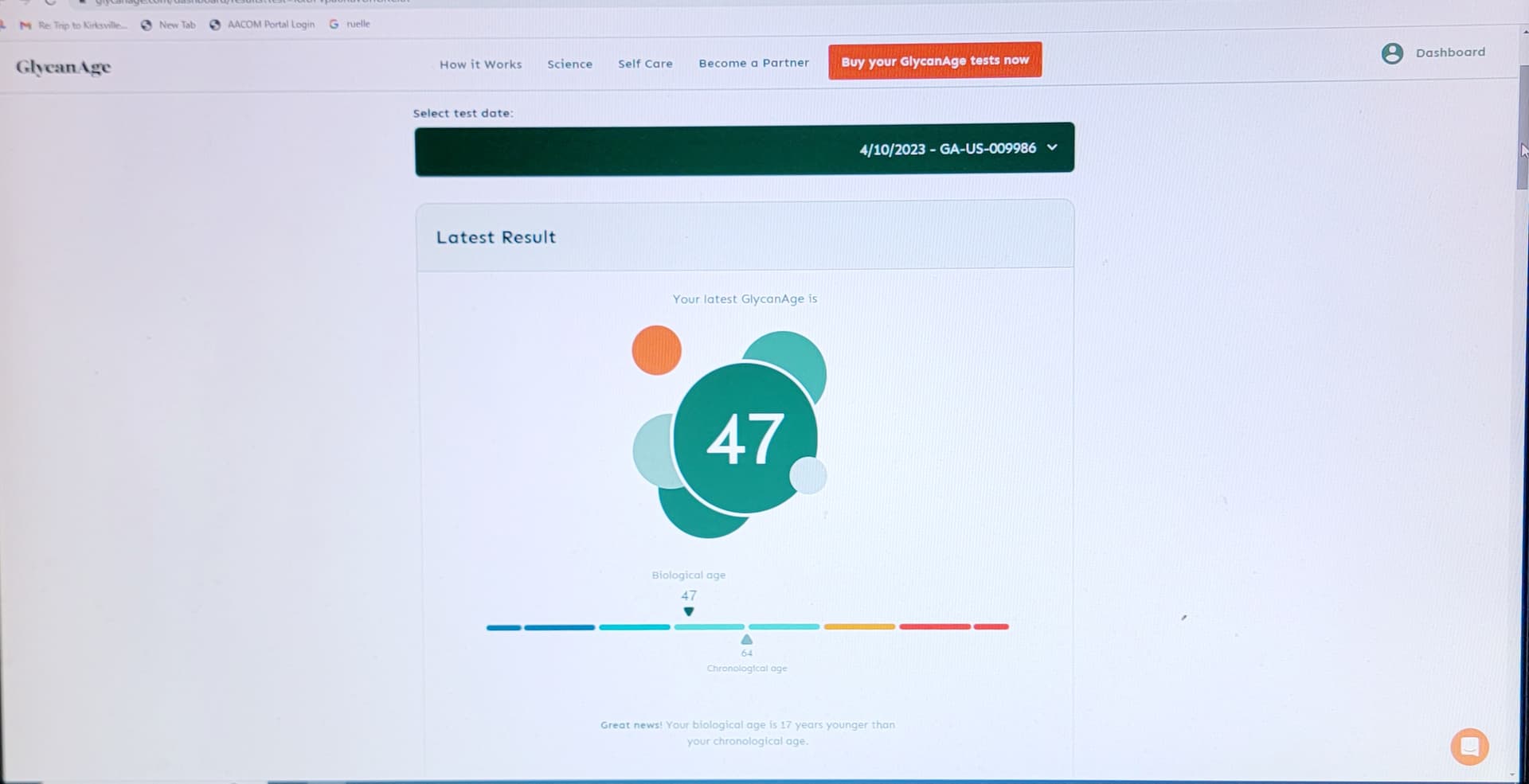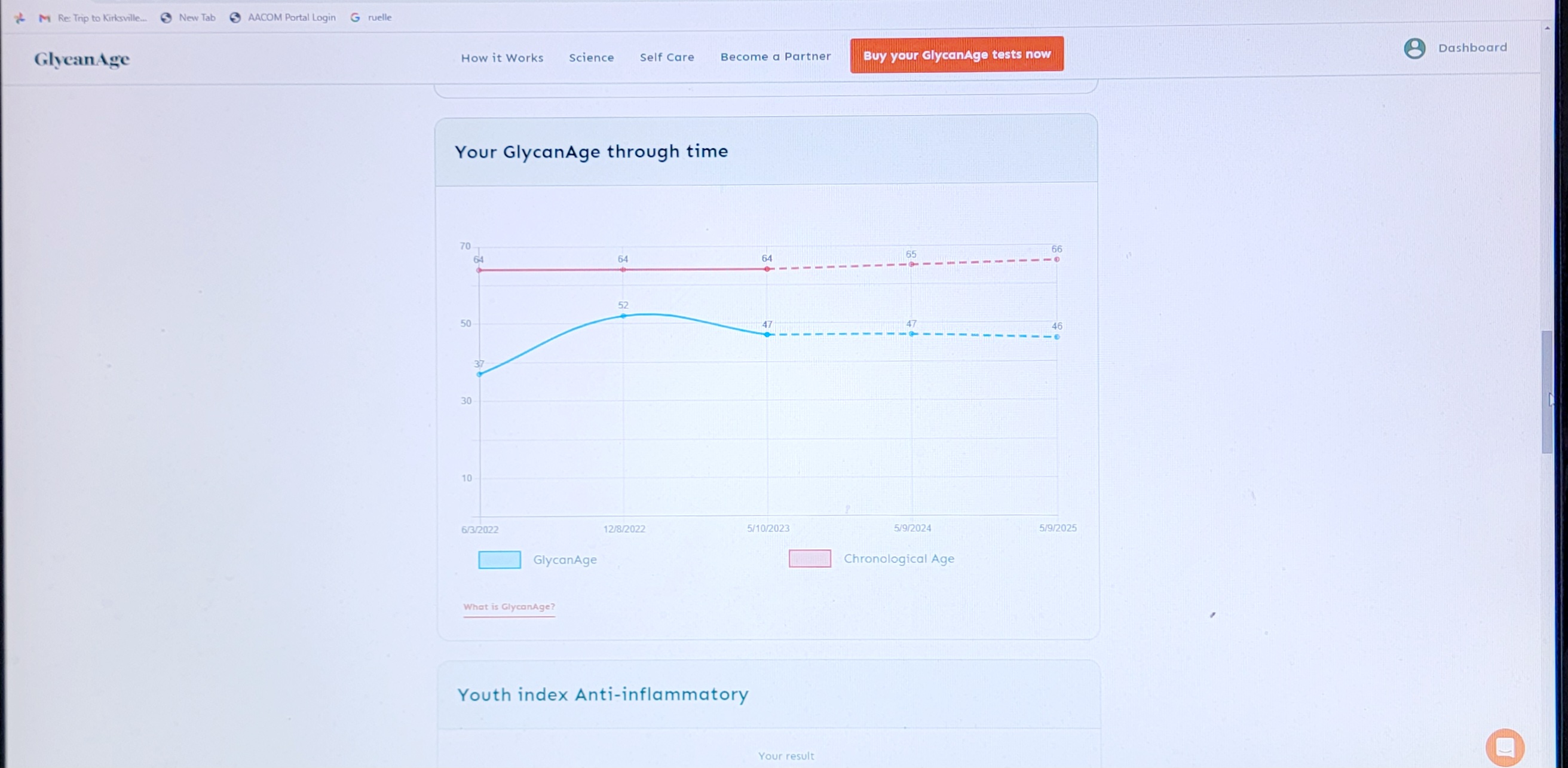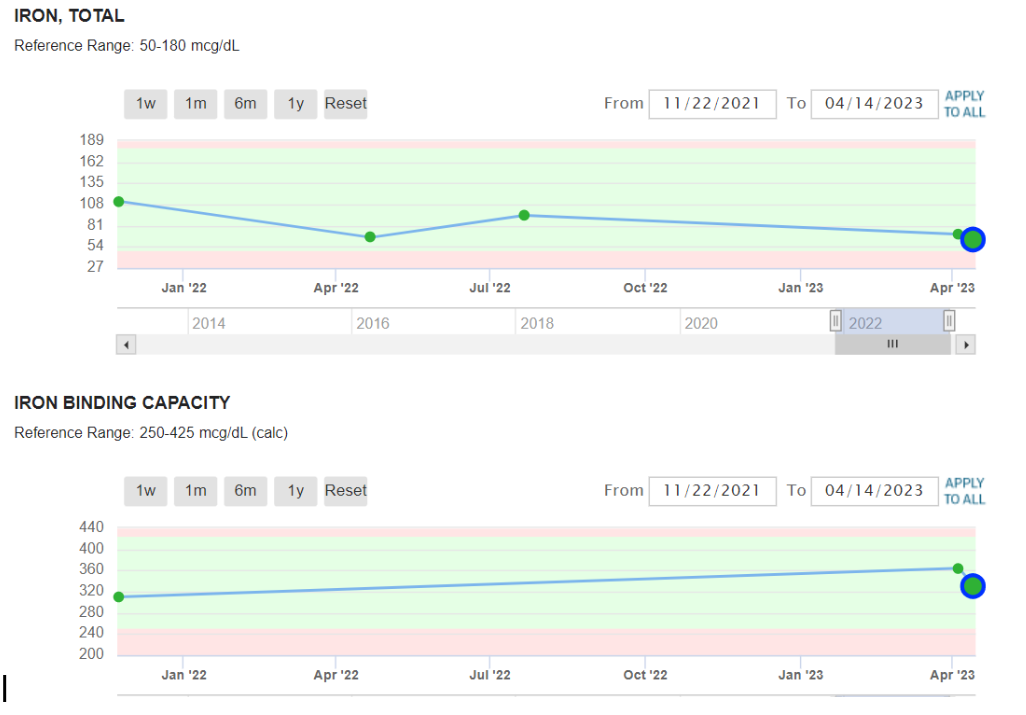Blagosklonny’s advice… hmmmm. I thought you might find my rapamycin dosage and its effects on my biological age over the past 2 years and 8 months of interest. I started rapamycin in August of 2020 at a weekly rapamycin dose of 6 mg.
After one year on the 6 mg weekly dose, I
decided to do my first biological aging test – TruMe Methylation test of my saliva. My chronological age was 63 years and I was pleased to see a biological age of 51 years. I retested with TruMe four months later in April 2021 and again was pleased to see my biological age holding at about 52 years. Nice!
I also took my first GlycanAge blood test around this time in May 2022 and had an astonishing reading of 37 years biological age.
Blagosklonny states,” In mice, the higher the dose, the longer lifespan. Therefore, in humans, the highest dose that does not yet cause unacceptable side effects (maximal tolerated dose) may be optimal for longevity. If (unacceptable) side effects develop, the dose should be decreased. In other words, anti-aging doses are maximal doses without side effects in a particular person. Then anti-aging doses are individual and side-effect-free by definition. Furthermore, if we do not know what exact doses are needed, there is no need to use doses that may cause potential side effects.
Thinking about Blagsklonny’s statement - a year ago in May 2022, I decided to drastically up my rapamycin dose 6x’s so I was now taking about 36 -38 ng/mL weekly based on my LabCorp tests. My rationale for upping my dose to this degree was from the comments above by Mikhail Blagosklonny.
I dosed at 36-38 ng/mL weekly for approximately 7 months – I did have edema/swelling of the ankles and some puffiness of my face when dosing (I did not consider these to be significant side effects).
Looking for improved biological age or at least no progress in aging I retested with TruMe and the GlycanAge tests in November of 2022. I was surprised and disappointed to see that my biological age did not improve but actually went up – meaning I lost anti-aging benefits. I went from a GlycanAge of 37 biological age to 52 years. My TruMe Methylation test showed I also lost the biological age of 2 years in 4 months. I was now 54 years Biological age according to TruMe. Not good.
After consulting with GlycanAge researcher, Dr. Alex Aleksander Vojta I went back to a lower rapamycin dose of 6 mg – 12 mg weekly and retested after 5 months. With GlycanAge I regained back 5 years now testing at age 47 biological years. And on TruMe, I also had a reduced biological age reading back to 52 years. Nice reversal. See attachments.
It is all about the dose. Too little medication and you might see no benefit. Too much, and negative effects such aging faster might appear, and at the right dose – it is the sweet spot. maximum benefit – less issues of side effects.
My takeaway is that despite Dr. Blagosklonny’s thoughts that more is better – it is not with me and two different biological tests (one blood - GlycanAge and one saliva-TruMe) measuring different areas showed a parallel and equal decline in aging benefit from too much rapamycin. I am sticking to a 6mg – 12mg rapamycin dose and will retest in 7-months.
I am hoping to see a continued slow, small incremental increase in my age. Here is to a healthy 100 years+
